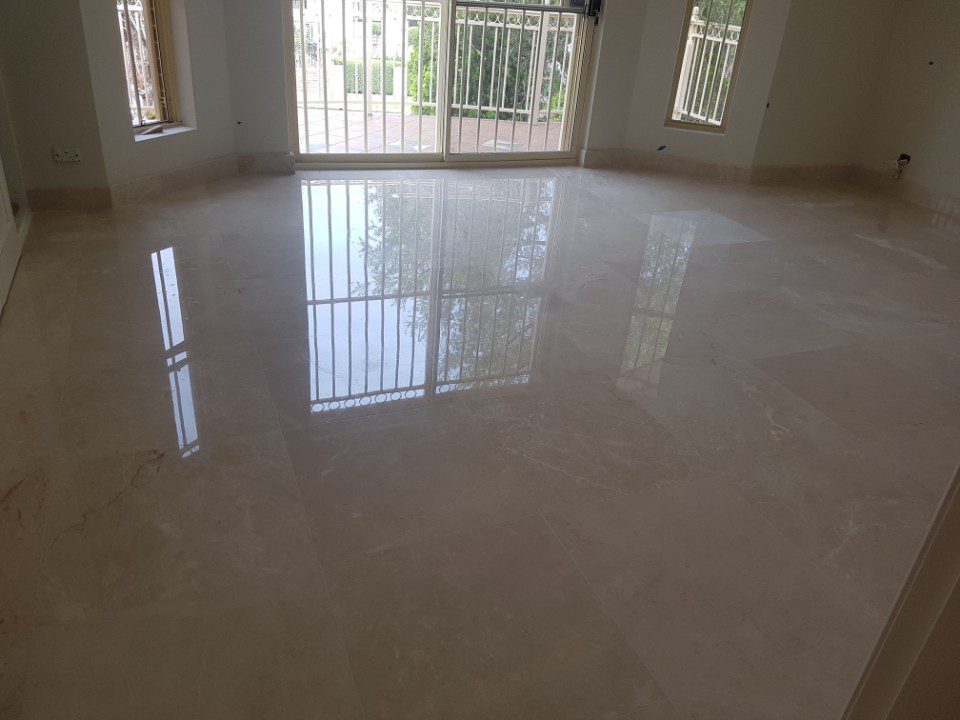Natural stone provides elegance to every home. It’s easy to maintain and clean, and you only have to reapply the finish every year or so. Still, you might be wondering about how to conduct stone restoration. If your stone has been damaged, you’ve come to the right place. Below, you can read our four tips about stone restoration.
Sealers, Staining, and Damage
Sealers are known for being a great tool to preserve natural stone. They allow you to carry on daily activities without having to worry about damaging our flooring or counters. That said, you should know that sealers only work for some stones. This is because natural stone absorbs the sealers, and darker stones can’t absorb them.
Not only this, but sealants don’t protect your stone against damage completely; instead, they focus on staining. When a floor or other surface hasn’t been maintained or sealed properly, it’s pretty common for yellow stains to appear over time.
How to Tell If Your Stone Absorbs Sealants Well
Since different kinds of natural stone restoration will absorb sealant differently, it’s important that you know whether your stone will absorb your sealant properly.
A good trick in this situation is to use water. You should dip a spoon is water and hold the spoon above your stone. Once a few drops have fallen onto your stone, the colour it turns will determine if you can use a sealant. Stone that turns a darker colour indicates that it has absorbed the water (don’t worry, it’ll dry and go back to the original colour) and you can use a sealant without worry. You should let the water sit on your floor for about 5 minutes to know if it’s changed colour completely.

What Else Should You Seal?
There are many who debate whether they should seal grout lines. That’s because while you might seal your floor or shower, the grout appears to be generally impenetrable. That said, you might want to consider sealing your grout.
This is because while you might clean your stone surface, a lot of grime and dirt ends up in and on your grout. This will gradually eat away at the grout.
You can buy grout that has a sealant built-in, so if you’ve already applied it, you’ll know to buy a different grout when you have it touched-up.
The Initial Costs
Some view the initial cost of installing a stone floor as a drawback. That said, you’ll be saving plenty in future costs. That’s because natural stones are incredibly low maintenance, and all you need to do is wash them with mild soap and water. If you have marble floors and counters, make sure you have them sealed annually; but other than that, your work is done!
Conclusion
Do you own natural stone in your home? Are you wondering whether it’s actually worth it to have it restored? If so, then you’ve come to the right place. In our above guide, you can read all about marble restoration, what it is, and 4 facts about it.

